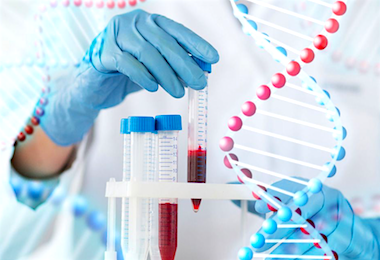About Biological Traces
Hau Forensics Biological Trace services cover the full range of human body fluids and tissues, which could be transferred through contact between people or onto clothing, weapons and other items.

A biological trace evidence analyst can also be referred to as a trace evidence examiner. A forensic scientist who performs trace evidence analyses as a result of physical contact between a crime suspect and victim to see if a person was present at a crime scene. Trace evidence materials commonly collected from crime scenes typically consist of:
• Body Fluids: blood, semen, saliva, sweat and other excretion products.
• Body Tissues: hair, nails, skin flakes, teeth and bone.
Great emphasis is placed on finding the trace evidence and a range of chemical and physical enhancement techniques are used to assist with this. These include Luminol, a chemiluminescent substance which glows in the dark on contact with blood. Patterns in blood and other staining are often critical in establishing how body fluids were transferred. This can help resolve disputes – for example, whether someone assaulted a victim or they were just going to their aid.
